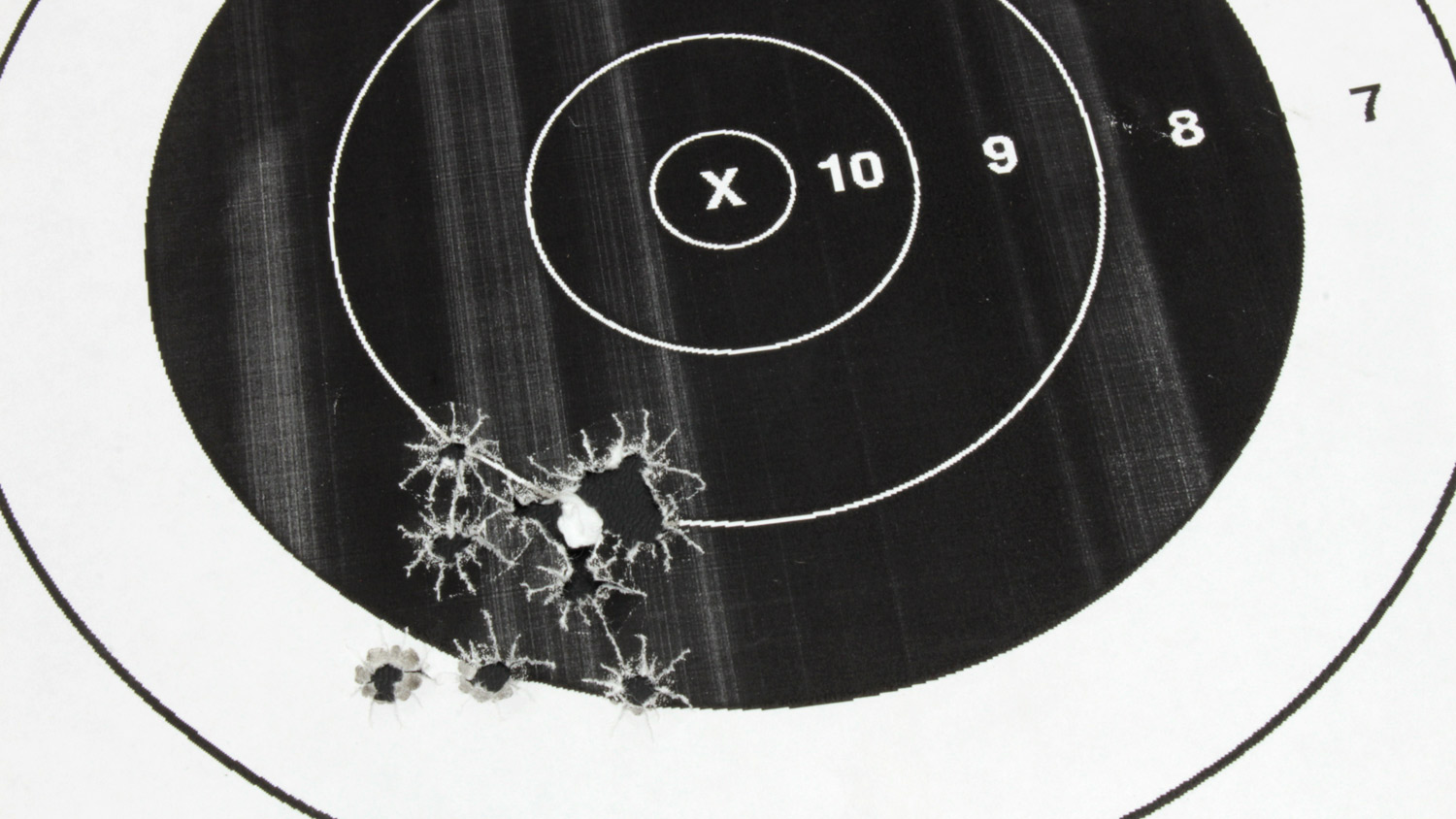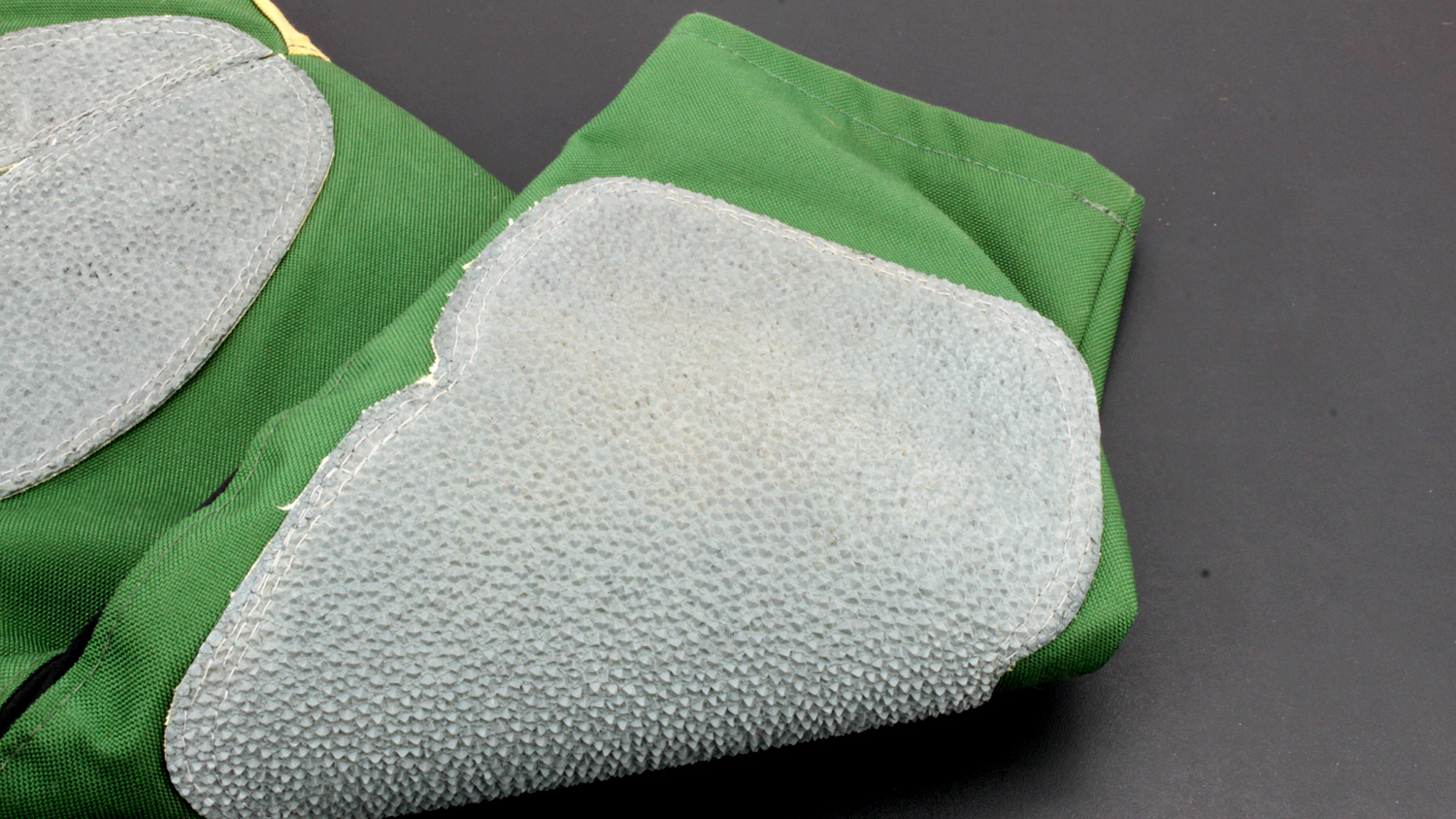
Service Rifle, pure and simple, revolves around shooting fundamentals—rather than using the best equipment or even ammunition. Even so, there are quite a few pitfalls that need to be avoided. Like everything else in life; I had to learn a few of these lessons the hard way.
Every year when the snow melts away from the range and we start getting into that weather where we can brave the elements without additional layers, I get nostalgic and think of my first NRA Service Rifle match and what a disaster it was! Below are five of my follies—maybe you won’t also have to experience them.
5. Poor Attire.

I opted to leave my shooting mat at home and was forced to spend more than half an hour propped up against the rough stone surface as it all but sanded the skin off my elbows with every squeeze of the trigger. Today I wouldn’t dream of shooting a match without the proper attire if only for this reason. If you are getting ready to attend your first match and don’t want to make this investment yet, do yourself a favor and at least wear a heavy jacket made of denim or a similar material.
4. No Sling.
At this stage in my shooting career the only experience I had with slings came from using one to shoulder a rifle through the woods. It wasn’t until years later that I learned they were an essential part of maintaining accuracy in the field. In NRA Service Rifle, a sling is a requirement to compete. A gracious firing line allowed me to compete anyway (I guess they didn’t see me as a threat) and it was a major contributing factor to an embarrassing score.

Get yourself a cheap USGI canvas web sling and mark where it needs to be for prone and sitting. The sling itself will increase your stability and the marks will help you make better use of your two-minute prep period between each leg, as you won’t have to search for that perfect adjustment.
3. Wrong Gun.
Although I absolutely love the M1 Garand, it wasn’t the right gun to bring to my first match. Even though I regard it as the reason you’re reading this in English, it didn’t do my score any favors that initial go around. Besides being less than 1 MOA accurate it is substantially heavier than an AR-15. Reloads are also trickier in most cases and the recoil takes longer to recover from, taking time away from each follow up shot. In addition the stock doesn’t free float and sling tension will affect zero. Another accuracy issue will occur when the handguard warms up and applies pressure to the barrel. We all love nostalgia, but go for the gold and leave it in the safe on match day.
2. No Spotting Scope.
Today it seems absolutely crazy to get on the firing line without a spotter, but indeed I did not have this essential piece of glass my first time around. To this day I don’t recall if I intended to bring one and forgot or just disregarded it all together.

Without a spotting scope you are trusting your zero to within a minute, and that is rarely true! A few degrees change in the weather or a slight breeze and that dynamite group is nearly worthless if it isn’t centered. Be sure to bring a basic spotting scope and a proper one piece stand designed for service rifle shooting so that you can see your hits after every slow-fire shot and during reloads in the rapid fire legs.
1. Didn’t Practice My Positions.
Before your first service rifle match it’s a good idea to at least have a basic understanding of field shooting positions. These can be learned in an afternoon at an NRA Basic Rifle course. Although I was familiar with how to shoot standing, sitting, and prone I wasn’t particularly versed in them at the time of my first match. I have assumed these positions to fire a shot or two at the range or on a hunt but I never had any experience maintaining them for 60 seconds, let alone 20 minutes! Furthermore, I never practiced getting in to them quickly under the pressure of a ticking clock. When you only have 70 seconds to get into a prone position and fire ten rounds (with a reload) taking 30 seconds to get on your elbows really affects your cadence. Before getting into your first match even if it’s just in the living room, take out your gun and work on getting into the prone and sitting positions from standing.
Although the preceding list affected my score, along with making some aspects of my first match a little uncomfortable—I still had the experience of a lifetime and I was hooked. Whenever I work with new shooters I explain they don’t have to be good to shoot a match, they just need to be safe. Although my errors heavily wrapped around equipment selection and fundamentals; I kept my muzzle down range, my finger off the trigger and I only loaded when I was told to do so. If you are getting ready to attend your first match remember you don’t have to be perfect your first time out, just go have fun and be safe.
Read more articles by Frank Melloni:


































